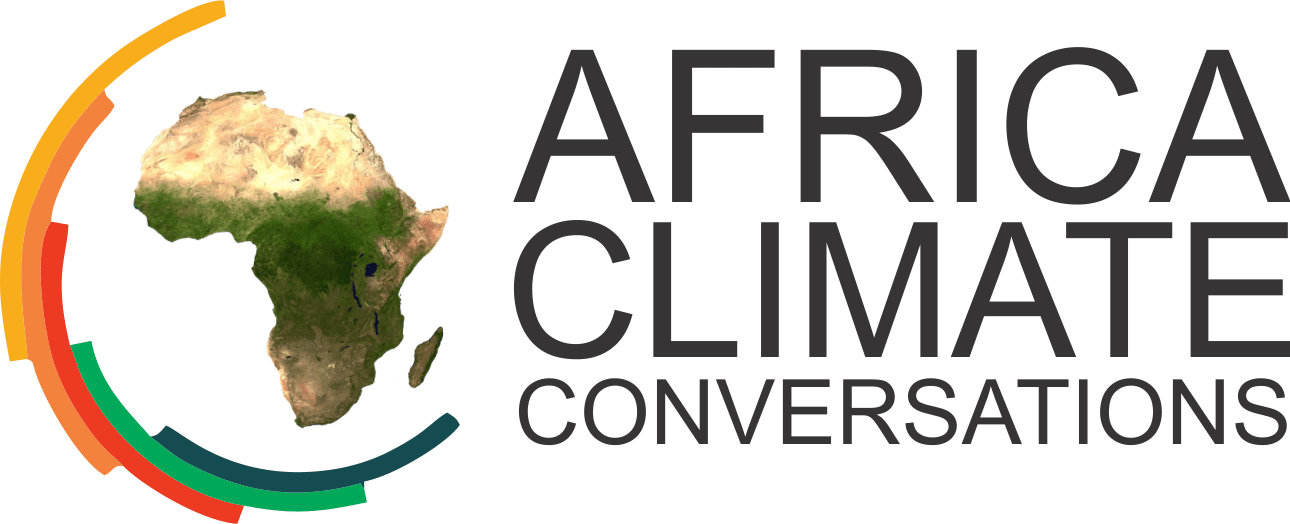
Barotseland Zambia: The Barotse floodplain is a vast land area classified as a Ramsar site, with over 300 bird species and over 130 documented fish species. When flooded, it can reach over 550 000 hectares, acting as a sponge that slowly releases water to the nearby regions that receive low rainfall. But because of climate change, the Barotse loses about 1,500 mm of water annually from evaporation, which reduces the amount of water flowing in the lower Zambezi River system.
Back in Kenya, women are rallying top together to save a village only swamp.
Meet Florence Monde. Mwauluka is an 85-year-old woman popularly known here as Auntie Flo. She is the founder of the Limulunga la Makuwa craft women’s club in Mongu district, Western Province, Zambia. Mongu town is located 15km from Zambezi River’s main channel. Here, 10 women join up to weave mats, mattresses, hats, and baskets, as well as mould pots used as cooking pots, refrigerators, and water purifiers. These products are made from natural materials such as roots, grass, reeds, soil, and water obtained from the Barotse floodplains, which these women have dedicated their lives to protecting. They integrate these natural resources with plastics to craft bags, mattresses, pots, shopping bags, hats, and mats, among others. But Baita Chilemu, working with Auntie Flo, says having few women in leadership among the Barotse people and a lack of markets is a huge setback in their conservation efforts.
1 comment on “Barotseland: where women protecting the floodplain has nothing to show financially.”
Leave a Reply
You must be logged in to post a comment.

It’s pure pleasure to listen to this podcast on the plains of Barotse. Auntie Flo has done justice to the local reality. I hope she gets support for her efforts.
Zambians are very friendly people and down to earth. I hope you enjoyed their hospitality. Thanks Sophie Mbugua and keep soaring.